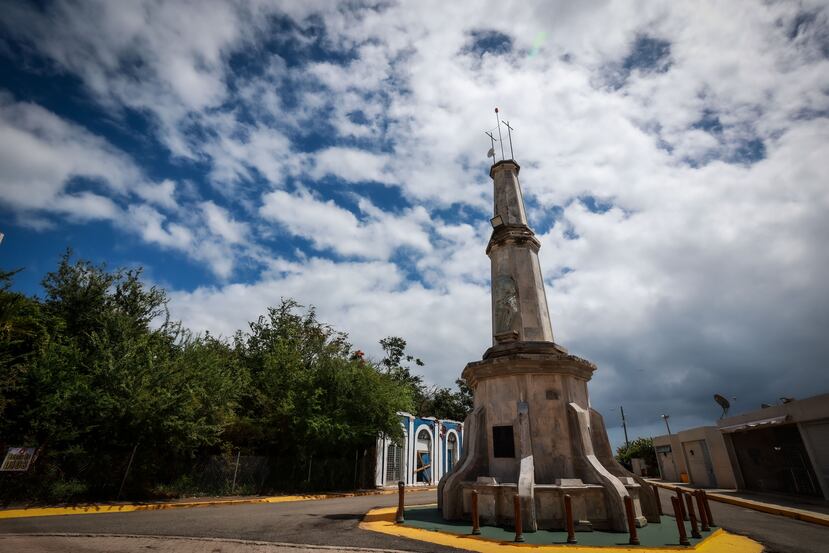
We are part of The Trust Project
The Historical Essence of Arroyo, the “Little Paris”
This city was the first in Puerto Rico to have the telegraph, installed by Samuel B. Morse in 1859
Archival note
This content was published more than 1 year ago.
April 2, 2024 - 11:00 PM

Lee la historia en español aquí.
Las noticias explicadas de forma sencilla y directa para entender lo más importante del día.

Te invitamos a descargar cualquiera de estos navegadores para ver nuestras noticias:
